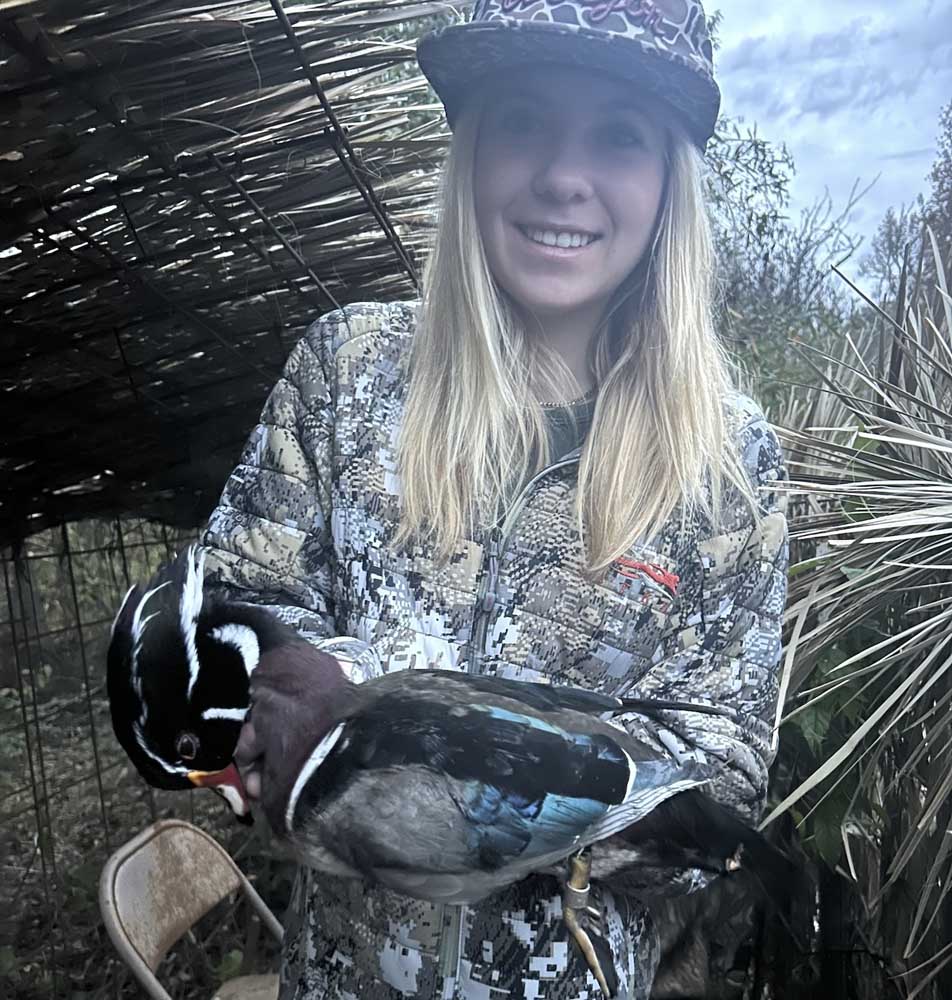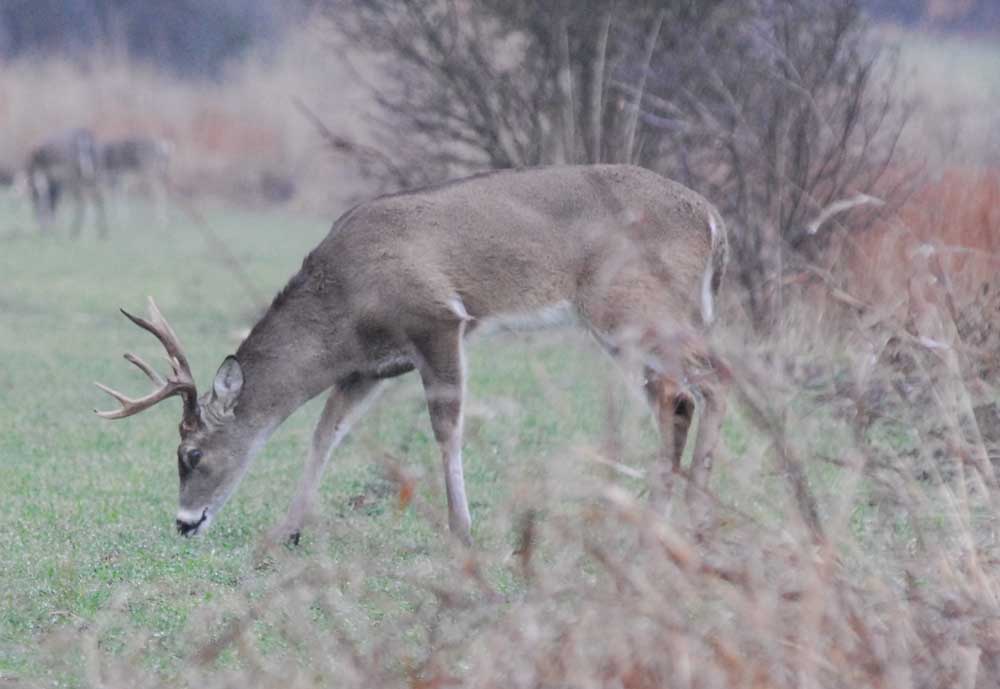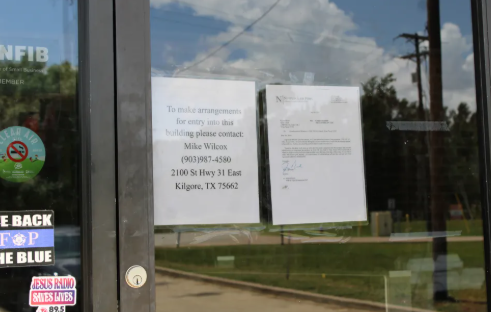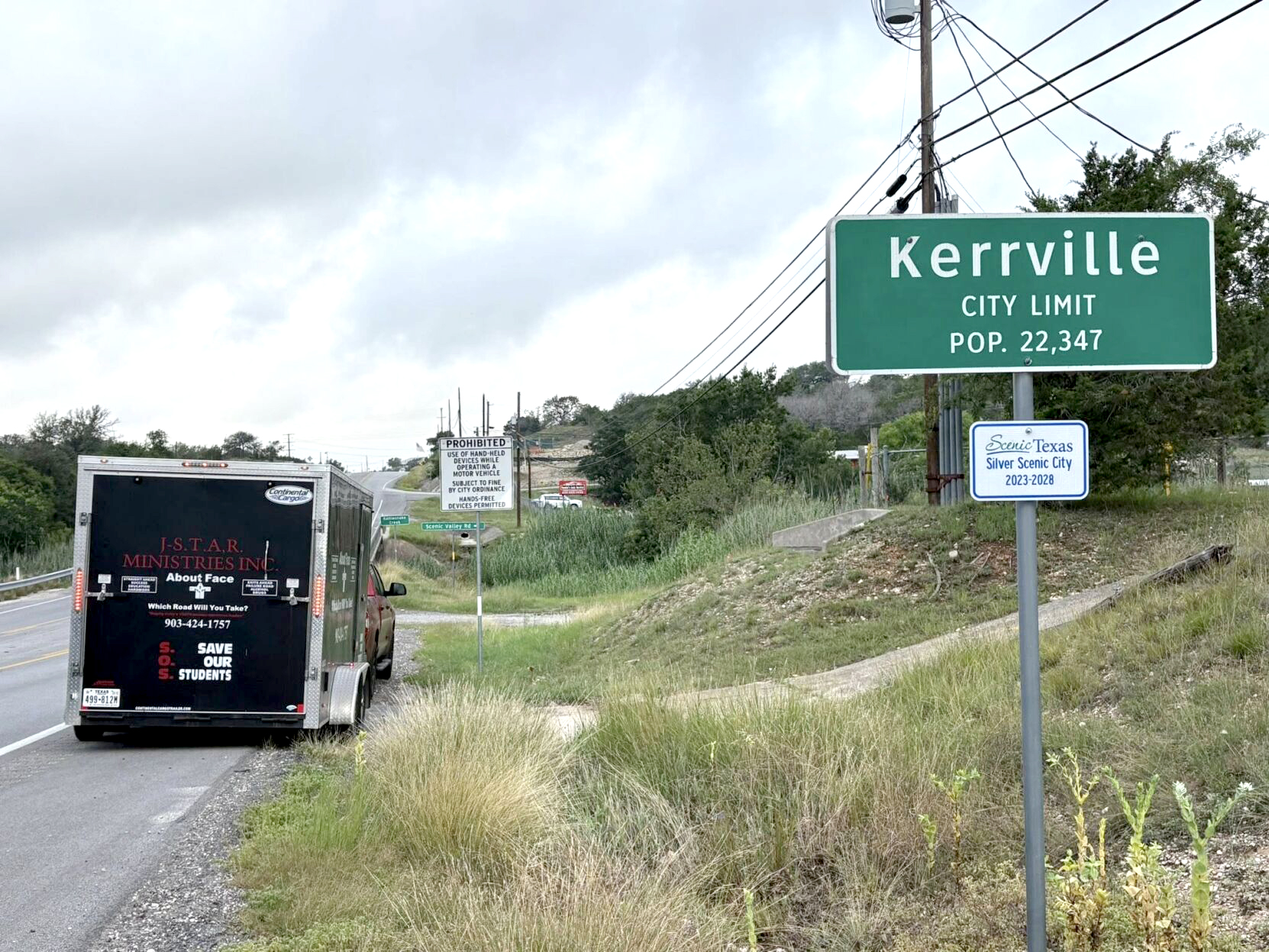Here To There: Waterfowl migration is not always a straight line
Published 1:02 am Friday, November 24, 2023

- Tyler’s Louise McCain’s first duck was a banded wood duck drake taken in Smith County. The band shows the six-month-old bird was hatched in Crawford County, Ark.
Louise McCain was just hoping to get her first duck when she was hunting recently with her dad, James, on the family’s Fawn Creek Farm in Smith County.
The 14-year-old not only achieved her goal, but ended up with a trophy in the waterfowl world by taking a banded wood duck drake. To a duck hunter a band is like gold because relatively few are ever recovered.
Trending
The band was from the Department of the Interior’s USGS North American Bird Banding program. Data retrieved from reporting the band showed the duck had hatched and was banded last April in Crawford County, Arkansas. Crawford County is in west-central Arkansas along the Arkansas/Oklahoma border.
Bands have long been used by waterfowl biologists for several reasons including harvest data and information on migration. The problem was only so many birds could be banded, and a smaller percentage were taken by hunters. When they were, the only information they would reveal was how old the bird was, where it was banded and where it was taken. That left a lot of questions unanswered, most importantly where the ducks or geese went in between.
That is changing with modern technology, not only giving biologists a better understanding of waterfowl movement, but also providing hunters with important information that could lead to more productive hunting.
“I think we underestimate the distance they move and the way they move across our landscape,” noted Clay Shipes, Texas Parks and Wildlife Department wetlands biologist from Tyler.
Biologists across the various flyways are now doing telemetry studies on a variety of waterfowl using transmitters that among other things ping the birds’ locations off cell towers, or if they have been out of range allow biologists to download past data when they are back in range. The results can sometimes be unexpected.
“Pintails seem to be more nomadic birds. There was one that ended up in Russia. They were using a transmitter to follow it, and it disappeared in the summer. When it showed back up, they downloaded the information and found it had gone to Russia,” Shipes said. In other instances there have been birds take up residence in Mexico City.
Trending
Shipes said in the case of wood ducks like Louise McCain’s, they tend to be more “radial migrators” going every direction rather than following the traditional north to south routes.
“They disperse, but not as much north to south. They take advantage of high-water situations. They just kind of figure it out,” Shipes said.
Of course woodies are a little different because while there are some that go north to nest in the prairie potholes each year, many others find nesting locations in a number of states including Texas.
The biologist explained there are two different types of migrating waterfowl. Some, like blue-winged teal, are calendar birds that are going to migrate annually on a particular date and will continue their migration until reaching their destination whether it is winter or nesting grounds. The others, like mallards, respond to weather, making their southern movement as the lakes in the north begin to freeze and food supplies diminish. Their return flight is timed so those same areas are thawing for spring nesting.
The telemetry studies have shown it is not just wood ducks that shift landscapes from sideways and up and down during the winter in response to major weather events or the availability of food.
“All of them do, pintails, mallards and geese. Of course geese are more nomadic,” Shipes said.
He added it appears they also respond to other factors including hunting pressure especially in locations like south Louisiana and along the Texas coast. But it can be other locations as well. Mid-winter flight counts across northern Texas from Abilene to East Texas show most big ducks can be found the relatively safe stock ponds in the state’s Oak Prairie region.
And while the numbers year to year are fairly stable in Texas, where the birds go can vary.
“I flew the coast a couple of years ago and the numbers were terrible. There were less than a million birds. But the Brush Country was covered up. It was wet and they are going to take advantage of the water and the safety,” Shipes said.
Shipes, who is a duck hunter, has learned from the research to take advantage of high water and new water that makes new food available. He also knows that when the water rises mallards in the winter mallards are going to show up along the Sulphur and Red rivers in East Texas.
“Hunt when the weather is right,” he said.






